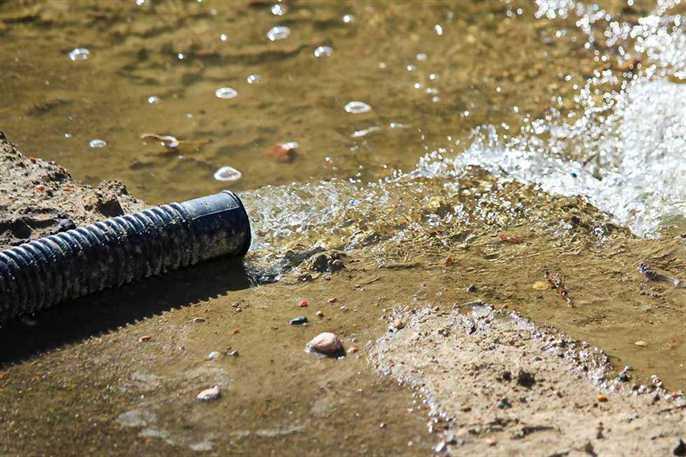
Basement flooding is…unpleasant, to put it mildly. The costs of basement flooding are so high that the City of Winnipeg has a by-law stating that all homes built after 1990 must be built with a sump pump and sump pit. We’ve covered the use of sump pits and pumps pretty extensively on this blog – you can read more here and here for an overview of the basics of basement flooding and sump pumps.
One of the tricky things about sump pumps is figuring out what to do with the water. When it discharges too closely to your home, the water just ends up right back where it started, causing the sump pump to work for no reason. When it discharges too far from your home, you’re violating city by-laws – if everyone jettisoned all of that water into the city’s sewer system, it would overwhelm it.
So what’s a homeowner to do? You’re looking to find a perfect balance – discharging the water far enough from your home so that it doesn’t just cycle back, but not so far that it ends up in the sewer system. Fortunately, your lawn can be enormously helpful here, as the soil will readily intake all of that water. That is, if it’s not already oversaturated.
The question of “how far” your sump pump should discharge isn’t exactly the right one to be asking because it will depend heavily on lawn gradation. You want your lawn to gently slope away from your home, giving runoff water the opportunity to be absorbed while diverting it from the foundation. You can learn more about lawn sloping on this wonderful blog post by Toro.
Many factors can influence how water flows through your lawn. Particularly dense grasses might obstruct flow. Maybe you have flower beds that could use the water from the sump pump. The best way to be able to tell where you should position the discharge hose is by watching how the water flows; take note of any spots where water seems to accumulate, and consider regrading your lawn if you see a lot of problem areas.
You can discharge water from the sump pump in your front yard, your backyard – anywhere on your property. Just be sure not to unload any water onto your neighbours’ yards, or they might get (rightfully) upset. Experiment with different placements for your sump pump until you find one in which all of the water is absorbed by nearby soil.
Now, if your sump pump is broken, there’s very little that placing it differently will do. Fortunately, we offer sump pump repair in Winnipeg. That means we can repair your sump pump if that’s the most cost-effective route. Sometimes, the better method will be replacement – in those cases, we can help by going over what kinds of sump pumps are available and installing the right one for your needs. For plumbing in Winnipeg choose Clean Line.
